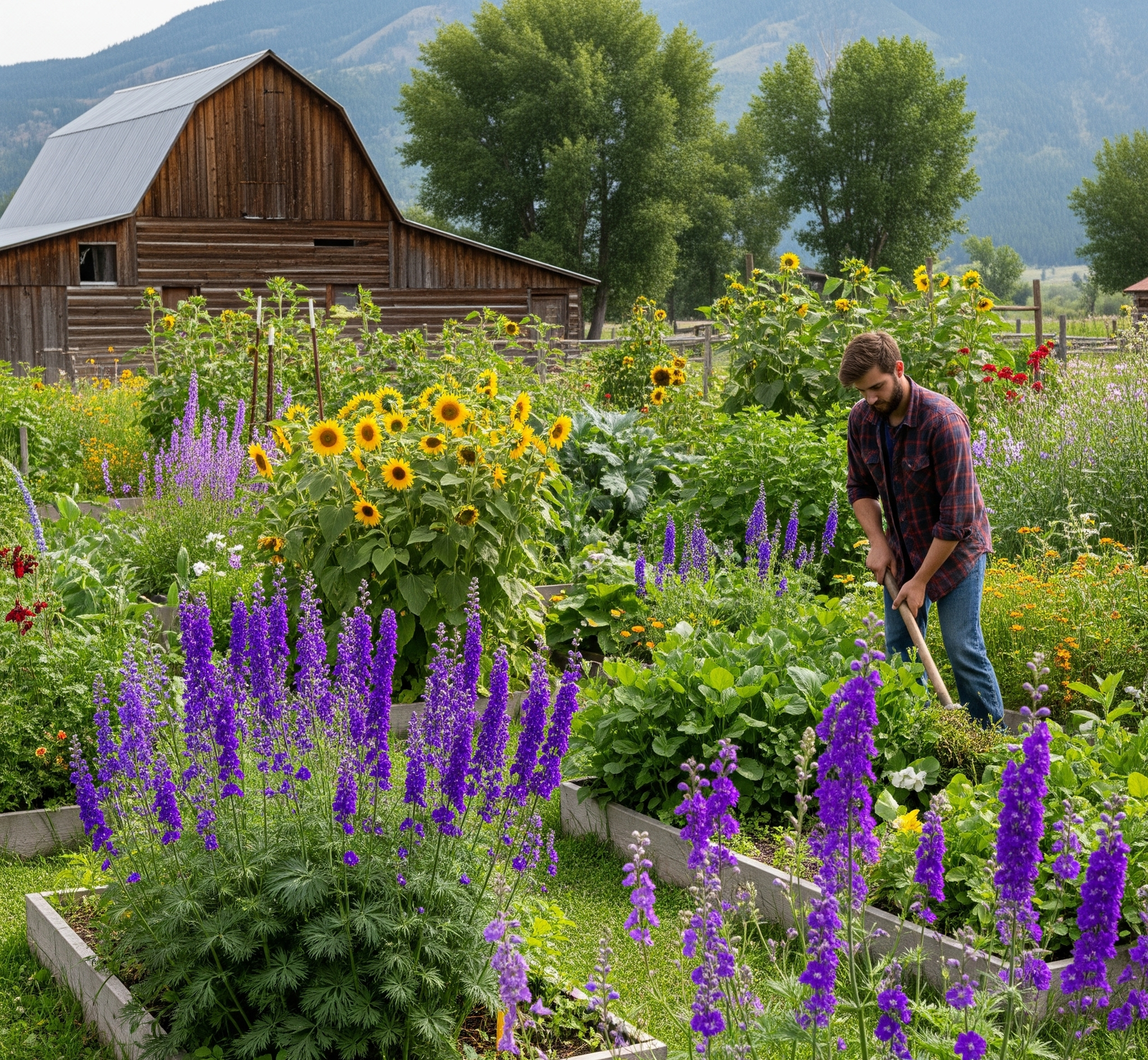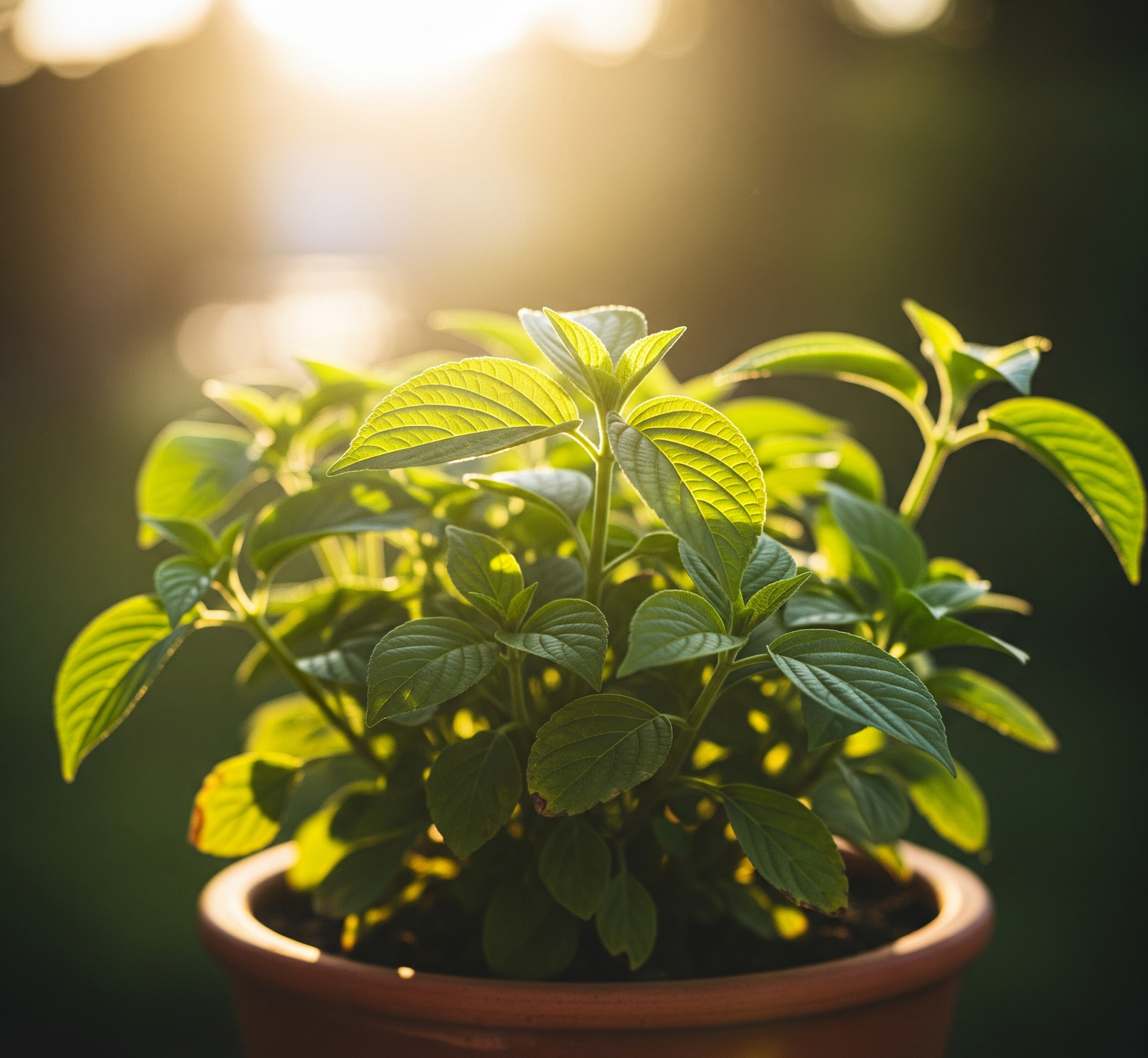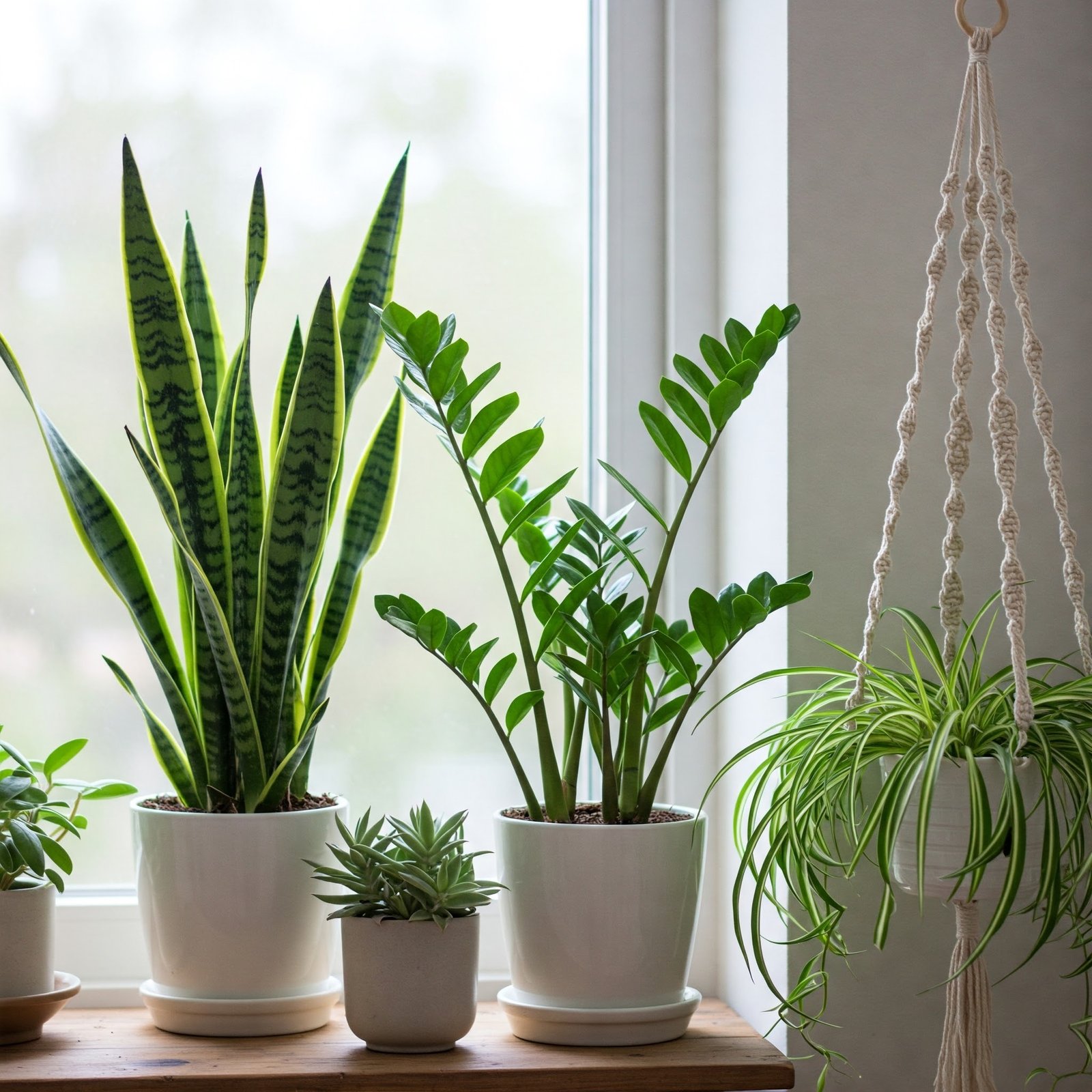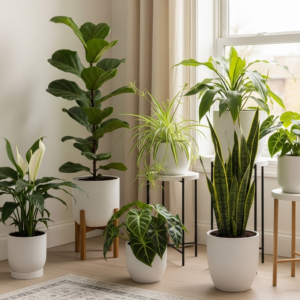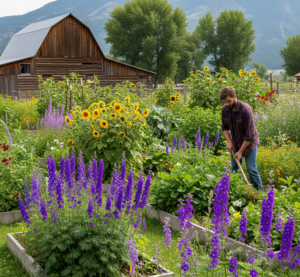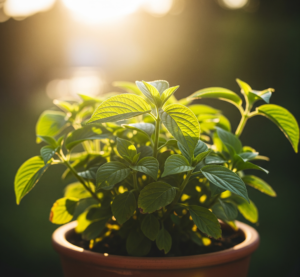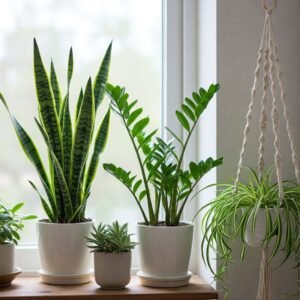Gardening Tips for Montana’s Short Seasons
Montana’s gardening scene is a battle against time. With frost lingering into May and creeping back by September, you’ve got a narrow window to make your garden thrive. But don’t let the short growing season scare you—Montana gardeners have been outsmarting the cold for generations. This guide shares practical, boots-on-the-ground advice to help you grow a lush garden despite the chilly odds. From picking the right plants to extending your season, here’s how to make your Montana plot pop.
Why Montana Gardening Feels Like a Race
Montana’s climate is no joke. Most of the state falls in USDA Hardiness Zones 3 to 5, meaning winter lows can dip to -40°F in some spots. The growing season—roughly 90 to 120 days in places like Bozeman or Missoula—requires a strategic approach. You’re not just planting; you’re planning around unpredictable frosts, dry summers, and soil that’s often more rock than dirt. But with the right moves, you can turn your backyard into a productive paradise.
Choose Cold-Hardy Plants That Laugh at Frost
Your plant choices are your first line of defense. Montana’s short season favors crops and flowers that mature quickly or withstand chilly nights. Here’s what works:
- Vegetables: Opt for quick-growing options like kale, spinach, radishes, and carrots. Varieties like ‘Winterbor’ kale or ‘Scarlet Nantes’ carrots can handle light frosts and mature in under 60 days. For peas, try ‘Green Arrow’—it’s ready in about 65 days and loves cool weather.
- Herbs: Thyme, chives, and parsley are tough enough for Montana’s swings. Thyme, especially, thrives in rocky soil and laughs off early snow.
- Flowers: For color, plant pansies, calendula, or sweet peas. These bloom early and continue to bloom even when temperatures drop.
Pro Tip: Check seed packets for “days to maturity” and aim for 50-70 days to stay safe within Montana’s season. Local nurseries in places like Helena or Billings often stock varieties bred for cold climates—ask for their favorites.
Extend Your Season with Smart Tools
To squeeze more growing time out of Montana’s calendar, you need to cheat the weather. Here are two game-changers:
- Cold Frames: Think of these as mini-greenhouses. Build one with old windows or purchase a kit, and you can start seeds in March or keep greens growing from November to May. Place it on a south-facing slope to catch the maximum amount of sun.
- Row Covers: Lightweight fabric covers, such as Agribon, protect plants from frost while allowing light and water to pass through. Drape them over hoops made from PVC pipe for a quick and easy setup. They’re a lifesaver when a surprise frost hits in June.
Real-World Example: A gardener in Kalispell told me she used a cold frame to grow lettuce through October last year. She layered straw around the base for extra insulation—something to try if you’re in a colder pocket of the state.
Prep Your Soil Like a Montana Pro
Montana soil can be a challenge—often clay-heavy or full of rocks. To get it ready:
- Test and Amend: Grab a soil test kit from your local extension service (Montana State University’s extension offices are gold for this). Most Montana soils require organic matter, such as compost or aged manure, to loosen and retain moisture.
- Raised Beds: If your ground is too rocky, build raised beds. They warm up faster in the spring, allowing you to control soil quality. Line the bottom with cardboard to block weeds.
- Mulch Hard: Spread straw, bark, or grass clippings around plants to keep roots warm and retain water in Montana’s dry summers.
Quick Story: I visited a garden in Great Falls where the owner swore by mixing in coffee grounds from a local café. Her tomatoes were the size of softballs—proof that a bit of creativity with soil pays off.
Time Your Planting Like a Chess Move
Timing is everything in Montana. Plant too early, and frost kills your seedlings; too late, and you’re harvesting green tomatoes in a snowstorm. Here’s a rough guide for zones 4-5:
- Early Spring (April): Start seeds indoors for tomatoes, peppers, and broccoli. Use a sunny windowsill or grow lights.
- Late Spring (May-June): Transplant hardy crops like lettuce and spinach after the last frost (check local frost dates—Bozeman’s is around May 15). Direct-sow peas and radishes.
- Summer (July): Focus on maintenance—water deeply but less often to encourage strong roots. Watch for pests like aphids, which love Montana’s warm days.
Hack: Keep a garden journal to track frost dates and what worked each year. It’s like a playbook for next season.
Water Wisely in Montana’s Dry Summers
Montana summers can become arid, especially east of the Rocky Mountains. To keep your garden happy:
- Drip Irrigation: Set up a drip system or soaker hoses to deliver water directly to the roots, minimizing waste. It’s a time-saver and keeps leaves dry, reducing disease.
- Morning Watering: Water early in the day to minimize evaporation and allow plants time to absorb the water before the heat kicks in.
- Rain Barrels: Collect rainwater to reduce your water bill and provide plants with chemical-free hydration.
Embrace Native Plants for Easy Wins
Montana’s native plants are built for its harsh conditions. Try these in your garden:
- Blanketflower (Gaillardia): Bright red and yellow blooms that handle drought and poor soil.
- Blue Flax (Linum lewisii): Delicate blue flowers that reseed themselves.
- Yarrow (Achillea millefolium): Tough, feathery plants that attract pollinators.
These natives need less water and care, plus they make your garden a haven for local bees and butterflies.
Connect with Montana’s Gardening Community
Montana’s gardeners are a tight-knit community with a wealth of wisdom. Join local groups, such as the Montana Native Plant Society, or check out events at places like the Missoula Farmers’ Market. You’ll pick up tips, swap seeds, and score some free compost. Online, search for hashtags like #MontanaGardening on X for real-time advice from fellow gardeners in your area.
Wrap-Up: Make Your Montana Garden Shine
Gardening in Montana’s short season is like running a sprint—you’ve got to be fast, smart, and ready for surprises. Select quick-growing, cold-tolerant plants, utilize tools like cold frames to extend your growing season, and prepare your soil to give crops a better chance of success. With a bit of planning, you’ll be harvesting crisp kale and vibrant flowers while your neighbors are still shaking off the frost. Got a favorite Montana gardening trick? Share it with us—we’d love to hear what’s growing in your backyard!
